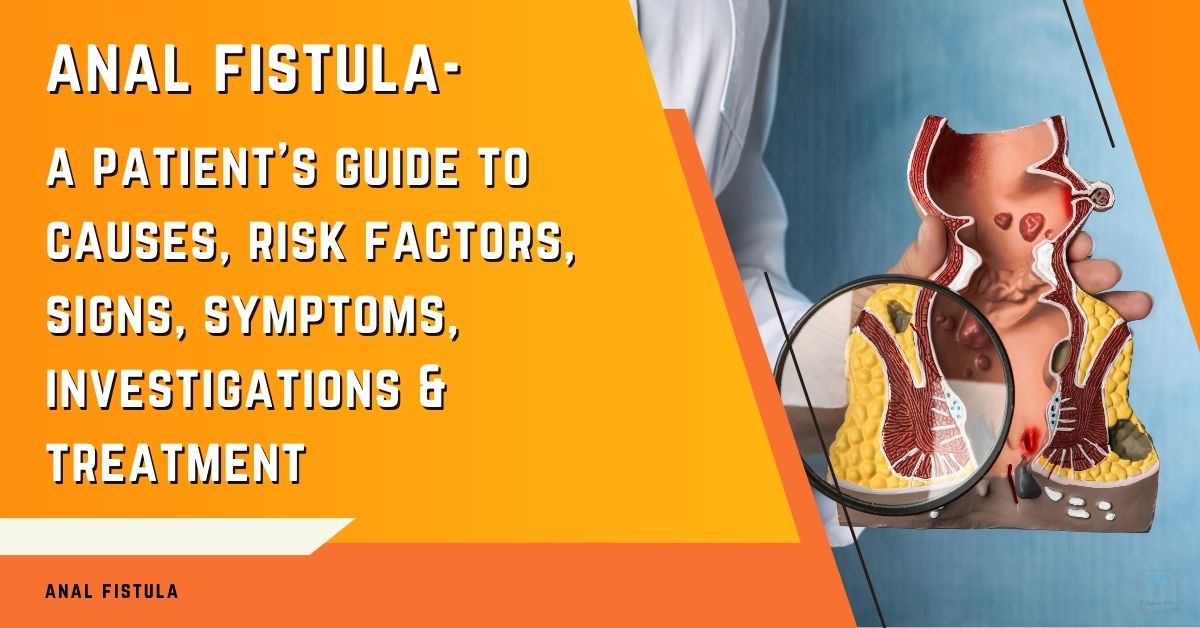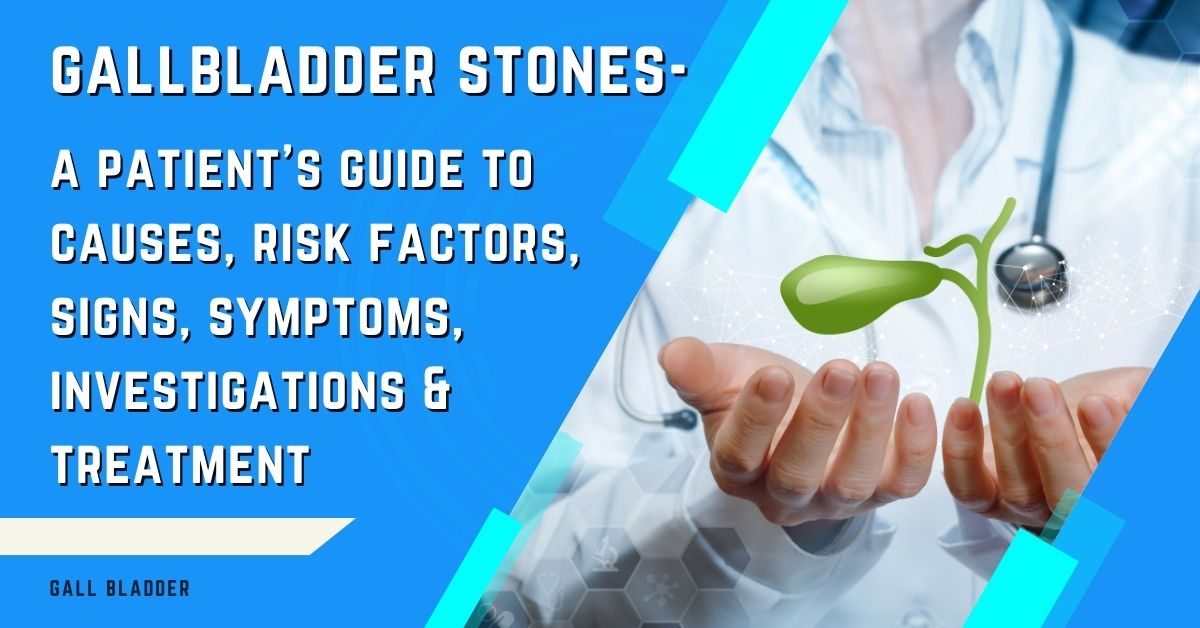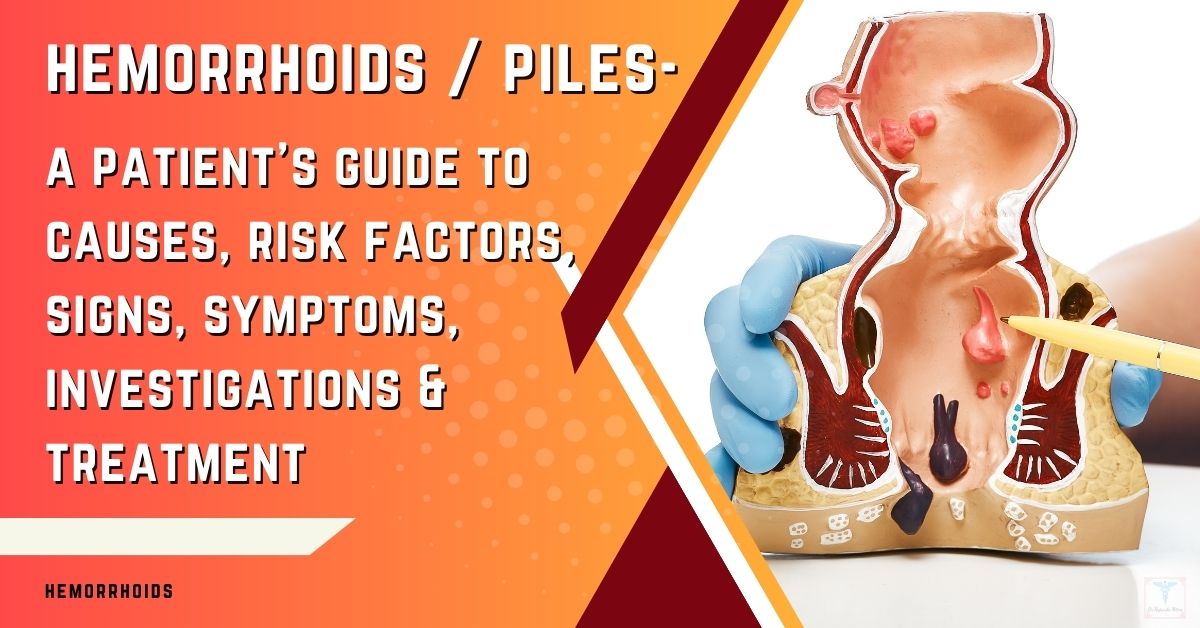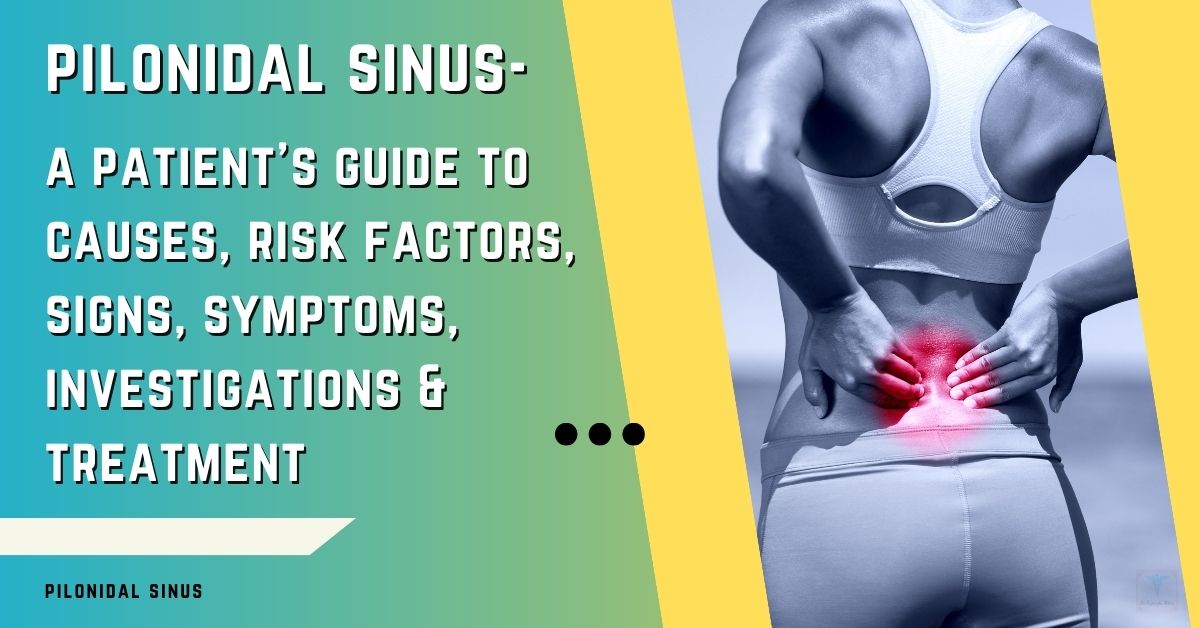Inguinal hernias occur when tissue protrudes through a weak spot in the lower abdominal muscles, often creating a visible bulge and discomfort in the groin area. Recognizing the first subtle signs and symptoms is important for obtaining an early diagnosis and treatment. In this article, I will explain the typical initial indications of an inguinal hernia in depth.
Noticeable Bulge
One of the first obvious indicators of an inguinal hernia is a bulge or lump in the groin region. At first, it may be small and only visible when standing or coughing. It may disappear when lying down. The bulge is caused by intestinal tissue or abdominal fat protruding through the muscle defect. As the hernia grows, the lump becomes more apparent. Men may notice the bulge extending into the scrotum.
Groin Discomfort
Mild pain and discomfort in the groin is another common early symptom. You may feel sensations of pressure, pulling, achiness, or heaviness. The discomfort is often localized to the bulge area. It results from the protruding tissue putting strain on the abdominal muscles and nerves in the groin. At first, the pain comes and goes. It typically worsens with activity and may keep you from your normal exercise routine.
Pain With Straining
As an inguinal hernia develops, you’ll likely notice pain or discomfort when you cough, bend over or lift something heavy. These actions increase pressure inside the abdomen, which gets pushed out through the weak groin area. The discomfort often feels better when you stop the straining activity and lie down. Sneezing and urinating can also aggravate the affected area initially.
Numbness
Some patients experience numbness or a tingling sensation in the groin, upper thigh or genital region. This occurs when the protruding tissue puts pressure on nerves in the area. Numbness usually comes and goes at first, then becomes more persistent as the hernia grows. Let your doctor know if numbness accompanies the bulge and pain.
Feeling of Weakness
You may sense a vague feeling of weakness, pressure, or heaviness in the groin muscles, even when no bulge is yet visible. This reflects early strain on the abdominal wall integrity before tissue has visibly herniated. Pay attention to this feeling of vulnerability, as it can indicate an incipient hernia.
Summary of Key Early Signs:
– Visible bulge or lump in the groin, may disappear when lying down
– Mild discomfort, pressure, achiness or heaviness in the groin
– Worsening pain when bending, lifting, coughing, or straining
– Numbness, tingling, or shooting pains in the groin and upper thigh
– Feeling of weakness or heaviness in groin muscles
While any new groin bulge or persistent pain warrants medical evaluation, recognizing these early signs and symptoms is key. Acting at the initial stages of an inguinal hernia offers benefits like smaller surgical repairs and better outcomes. Please let me know if you have concerns about any of these symptoms so we can determine if a hernia is present. Catching development early is ideal.



















